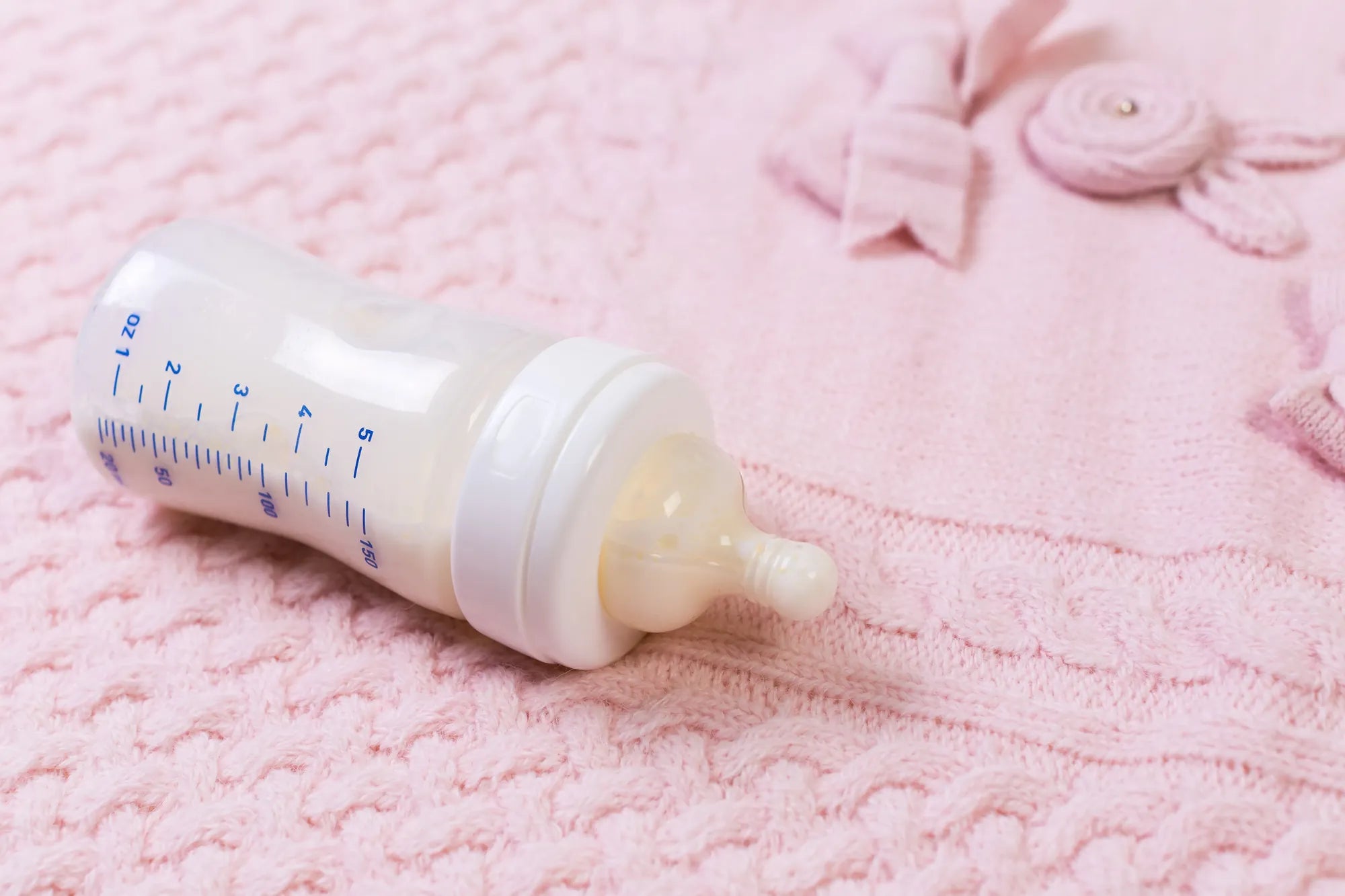Accueil
Pregnancy, Breastfeeding, and Pumping: The Ultimate Guide for Moms
Do Breast Pump Parts Need to Be Replaced? Essential Insights for Every Parent

Do Breast Pump Parts Need to Be Replaced? Essential Insights for Every Parent
As a parent, ensuring the safety and efficiency of your breast pump is essential for both your health and your baby's well-being. One of the most common questions parents ask is, 'Do breast pump parts need to be replaced?' The answer is a resounding yes. Over time, wear and tear, hygiene concerns, and decreased performance can all signal the need for replacement parts. This article dives deep into the reasons why, the signs to look for, and how to maintain your breast pump effectively.
Why Do Breast Pump Parts Need to Be Replaced?
Breast pump parts are designed to be durable, but they are not indestructible. Regular use can lead to wear and tear, which compromises their functionality. Additionally, hygiene is a critical factor. Breast pump parts come into direct contact with breast milk, which is a perfect breeding ground for bacteria. Over time, even with thorough cleaning, microscopic cracks and scratches can harbor germs, making replacement necessary.
Signs That Your Breast Pump Parts Need Replacement
Recognizing when to replace breast pump parts can save you from potential health risks and ensure optimal performance. Here are some common signs:
- Decreased Suction Power: If your breast pump is not providing the same level of suction as before, it could be due to worn-out parts.
- Visible Wear and Tear: Cracks, discoloration, or warping in the parts are clear indicators that replacement is needed.
- Unusual Noises: Strange sounds during operation can signal that parts are no longer functioning correctly.
- Milk Leakage: If milk is leaking from areas it shouldn't, it's time to inspect and possibly replace the parts.
How Often Should Breast Pump Parts Be Replaced?
The frequency of replacement depends on several factors, including how often you use the pump and the manufacturer's recommendations. Generally, parts like valves, membranes, and tubing should be replaced every 2-3 months with regular use. However, if you notice any of the signs mentioned above, it's best to replace the parts immediately.
Best Practices for Maintaining Breast Pump Parts
Proper maintenance can extend the life of your breast pump parts and ensure they remain hygienic. Here are some tips:
- Regular Cleaning: Clean all parts thoroughly after each use. Use warm, soapy water and ensure all milk residue is removed.
- Sterilization: Sterilize the parts regularly to kill any lingering bacteria. Boiling or using a sterilizer are effective methods.
- Proper Storage: Store the parts in a clean, dry place to prevent contamination.
- Inspect Regularly: Check the parts frequently for signs of wear and tear and replace them as needed.
The Importance of Using Genuine Replacement Parts
When replacing breast pump parts, it's crucial to use genuine components. Generic or off-brand parts may not fit correctly or function as intended, potentially compromising the pump's performance and safety. Always refer to the manufacturer's guidelines when purchasing replacement parts.
Environmental Considerations
Frequent replacement of breast pump parts can contribute to environmental waste. To minimize your impact, consider recycling programs offered by manufacturers or look for eco-friendly alternatives. Proper disposal of used parts is also essential to reduce environmental harm.
Cost Implications of Replacing Breast Pump Parts
While replacing breast pump parts is necessary, it can add up over time. Budgeting for these expenses is important, especially for parents who rely heavily on their breast pumps. Look for deals or bulk purchase options to save money without compromising on quality.
Common Myths About Breast Pump Parts Replacement
There are several misconceptions surrounding the replacement of breast pump parts. One common myth is that parts only need to be replaced if they break. In reality, even parts that appear intact can harbor bacteria or lose efficiency. Another myth is that all parts need to be replaced at the same time. In truth, different components have varying lifespans and should be replaced as needed.
Expert Tips for Prolonging the Life of Breast Pump Parts
Experts recommend several strategies to extend the life of your breast pump parts. These include avoiding harsh cleaning agents, handling the parts gently, and following the manufacturer's care instructions meticulously. By taking these steps, you can ensure your breast pump remains in top condition for as long as possible.
Ensuring your breast pump parts are in good condition is not just about efficiency; it's about safety and hygiene. By understanding when and why to replace these components, you can protect your health and provide the best care for your baby. Don't wait for signs of wear and tear—stay proactive and keep your breast pump in optimal condition.
Partager

